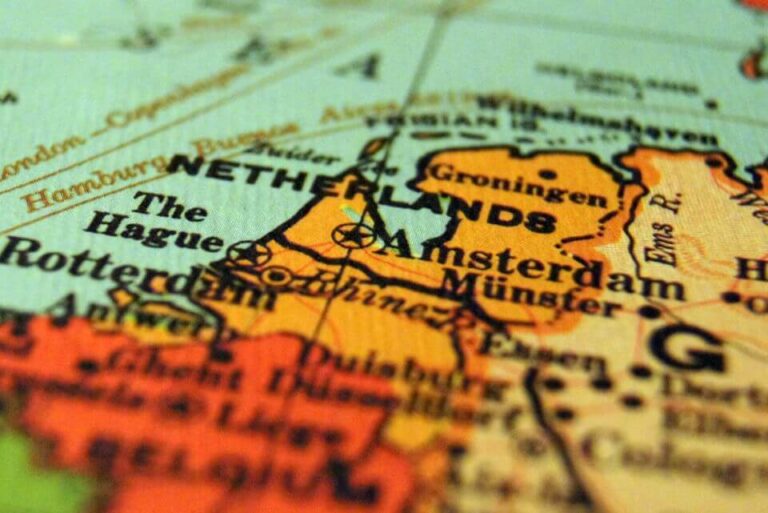Karditsa, Greece: A City of History and Culture
Nestled in the heart of the Thessaly region in central Greece, Karditsa stands as a testament to the area’s history, culture, and bountiful agricultural heritage. This city, with a population of approximately 70,000 residents, serves as the capital of the Karditsa prefecture.
Known for its agricultural prowess in producing rice, wheat, and cotton, Karditsa is also home to numerous historical and cultural landmarks that beckon travelers and history enthusiasts alike.
Key Takeaway
Discover Karditsa, Greece, nestled in Thessaly, a city rich in history, culture, and agricultural heritage. Explore landmarks like the Karditsa Castle and Archaeological Museum, and indulge in traditional Greek cuisine.
Q: What is the best time to visit Karditsa?
A: The ideal time to visit Karditsa is during the spring or fall, when the weather is mild, perfect for exploring the city and its outdoor attractions.
Karditsa, Greece, offers a captivating blend of history, culture, and natural beauty. Plan your visit to explore landmarks like the Karditsa Castle and Archaeological Museum and indulge in traditional Greek cuisine.
Recommended: Nea Smyrni, Greece
Karditsa History
Karditsa’s history is steeped in antiquity, with roots tracing back to prehistoric times. The city was first documented in historical records in the 4th century BC. During the Roman era, Karditsa was recognized as Gordus and played a pivotal role in producing grain and various agricultural goods. Following the collapse of the Western Roman Empire, the city passed through the hands of the Byzantine Empire and, later, the Ottoman Empire.
In 1881, Karditsa was incorporated into the newly formed Kingdom of Greece. Subsequently, the city underwent substantial growth and development throughout the 20th century. Karditsa emerged as a significant center of resistance during the Second World War, playing a pivotal role in the Greek Civil War.
Recommended: Ptolemaida, Greece
Karditsa Population
The city boasts a diverse population, primarily Greeks while accommodating substantial minority communities of Turks, Albanians, and Roma. The official language of Karditsa is Greek, reflecting the region’s rich cultural tapestry.
Karditsa Landmarks
Karditsa is replete with historical and cultural landmarks that showcase its heritage:
1. The Karditsa Castle: Constructed during the 13th century by the Byzantines and subsequently utilized by the Ottomans, the Karditsa Castle has now been repurposed as a popular tourist attraction. The castle provides awe-inspiring panoramic views of the city.
2. The Karditsa Archaeological Museum: Housing a diverse collection of artifacts spanning the prehistoric, Roman, and Byzantine eras, this museum is a treasure trove for history enthusiasts.
3. The Karditsa Folklore Museum: This museum offers visitors a glimpse into traditional Greek culture by exhibiting costumes, tools, and household items.
4. The Karditsa Church of Agios Nikolaos: Among the largest and most significant churches in Karditsa, this architectural marvel, built in the 19th century, is renowned for its beautiful Byzantine design.
Recommended: Kifisia, Greece
Karditsa Facts
Karditsa is celebrated for various interesting facts:
- The City of Flowers: Karditsa is affectionately known as the “City of Flowers” due to the profusion of vibrant blooms that grace the cityscape.
- Largest Rice Mill: Karditsa is home to the largest rice mill in Greece, emphasizing its vital role in the country’s agricultural sector.
- Education Hub: The city is also recognized as a hub for higher education, housing numerous universities and colleges.
- Tourist Haven: Karditsa is a favored tourist destination, particularly during the summer when travelers flock to explore its historical sites and savor its natural beauty.
Conclusion:
Karditsa is a captivating blend of history, culture, and natural beauty. Whether you’re an ardent history buff, a culinary explorer, or simply seeking relaxation in a picturesque setting, Karditsa has something to offer everyone. Plan your visit to this enchanting city and journey through time and tradition.
Karditsa FAQs
Q: What is the best time to visit Karditsa?
A: The ideal times to visit Karditsa are during the spring or fall when the weather is mild, making it perfect for exploring the city and its outdoor attractions.
Q: How do I get to Karditsa?
A: Karditsa is easily accessible by bus, train, or car. It is approximately 3 hours by car from Athens, making it convenient for travelers arriving from the capital.
Q: What are some of the things to do in Karditsa?
A: Karditsa offers an array of activities, including exploring the Karditsa Castle, delving into the Karditsa Archaeological Museum, immersing in local culture at the Karditsa Folklore Museum, and admiring the architectural beauty of the Karditsa Church of Agios Nikolaos. You can also enjoy strolls in the city’s parks and gardens or savor traditional Greek cuisine at the many restaurants and cafes.
Q: What is the food like in Karditsa?
A: Karditsa is renowned for its traditional Greek cuisine, with popular dishes like moussaka, souvlaki, and baklava waiting to tantalize your taste buds.
DID WE MAKE A MISTAKE?
Submit a correction suggestion and help us fix it!
- Exploring Ohio: Unveiling the Gems of the Buckeye State - May 11, 2024
- Exploring the Ancient Marvel: Corinth, Greece - May 8, 2024
- Discover Acharnes: Where Ancient History Meets Modern Vitality - May 8, 2024







